Pattabhi Jois used to say “One year (of) practice, no good. Two years, no good. Five years, no good. Ten years, no good. Twenty years, no good. You take practice whole life-time.”
I heard him say this on many occasions. He was always a master in his delivery, pausing after each declaration of time, working the crowd of students until finally revealing that yoga practice was not something that could be accomplished, then set aside, but rather it required ultimate dedication until the very end. Reflecting on 25 years of practice, I am coming to realize more and more the fullness of this statement and how it brings into focus the why and how to practice yoga.
While yoga is a vast ocean, it has, at its core, some very simple principles of practice. For most students in the West, the first introduction to yoga is through āsana (posture). In the Aṣṭāṅga method, the practice of a series of āsanas with deep yogic breathing, combined with vinyāsa (see this article on vinyāsa in Aṣṭāṅga yoga) and dṛṣṭi (gazing point), along with yama and niyama, lays the foundation for the deeper experience of yoga. It is important to examine what Patañjali’s Yoga Sutras have to say about the role of āsana in Aṣṭāṅga yoga. Although āsana is covered in only three sutras, these three have profound implications for how you should practice.
The discussion of āsana begins in the second chapter, 2.46, where he states “sthira sukham āsanam,” describing the two qualities that should be embodied during āsana. The first quality, sthira, can be translated as steadiness, stability and un-fluctuating-ness as well as calmness or stillness. In āsana practice, this goes well beyond physical stability and also indicates the capacity to remain grounded, focused, and able to direct the attention to a single place, which is fundamentally important in yoga.
Related: An In-Depth Look at Yamas and Niyamas
Patañjali gives the second quality of āsana as sukha, which is often translated as comfort or ease. The original meaning, however, was “to have a good axle hole” or “running swiftly or easily,” relating to the movement of a chariot wheel. The late yoga master T.K.V. Desikachar developed the concept of sukha further by breaking it into two parts, su, meaning open and kha meaning space. From this, he defined sukha as a feeling of open space in the center of the chest. These examples help us understand that sukha indicates a sense of freedom and ease of movement, not just physically, but at all levels of experience: mentally, emotionally and spiritually. When experiencing sukha, you do not feel any sense of restriction or being stuck, but rather a sense of ease and openness, most profoundly in the heart, which is the seat of consciousness.
Looking beyond the meaning of āsana as physical postures, it can be taken to refer to a state or condition that you experience in which both sthira and sukha are embodied. By cultivating these qualities in practice, this state of āsana, little by little, begins to pervade all our actions throughout each day, bringing those same yogic qualities of stable attention and ease of being into our daily lives. Hence, the attempt to go more deeply into āsana is not necessarily about performing a more intense backbend or perfecting more difficult postures. Rather, depth in āsana is the ability to cultivate these dual qualities in the more and more subtle layers of your system. This is something that can continue to develop by a practice sustained over a whole lifetime, even when the body ages and the ability to perform the physical postures begins to wane. As a teacher, observing students practicing in the Mysore room, the most profound impressions usually come from those students who embody these qualities, regardless of their physical prowess in performing āsanas.
Patañjali’s next sutra, 2.47, describes that these qualities should be combined with appropriate effort and relaxation with deep meditation on the eternal or infinite. Again, these qualities go far beyond the physical realm, extending to the breath, mind and a connection to the eternal nature of our consciousness.
Lastly, in 2.48, Patañjali tells us that the result of becoming established in these qualities in āsana is that you will no longer be disturbed by pairs of opposites, such as pain and pleasure, heat and cold, etc. You will be able to remain steadfast in action and move in the world with ease and grace regardless of the situation.
Paramaguru Sharath Jois regularly reminds us that a daily Mysore Aṣṭāṅga practice is like brushing our teeth. It is something that we must do to maintain a healthy and vital system capable of experiencing yoga. We do not stop brushing our teeth at a certain stage of life as the health of the teeth will gradually decline and, eventually, the whole body will suffer. In the same way, daily yoga practice with a focus on these qualities of āsana, brings your system back into a balanced state day after day. And when practice stops or becomes irregular, this state begins to dwindle.
There is far more that can be written about this topic, but it is only experience through practice with appropriate attention that is the real teacher in yoga.
In his comment, mentioned earlier, Pattabhi Jois was also telling us that practice is not just a lifelong pursuit, but also that it should be taken to a level in which it pervades all of our actions.
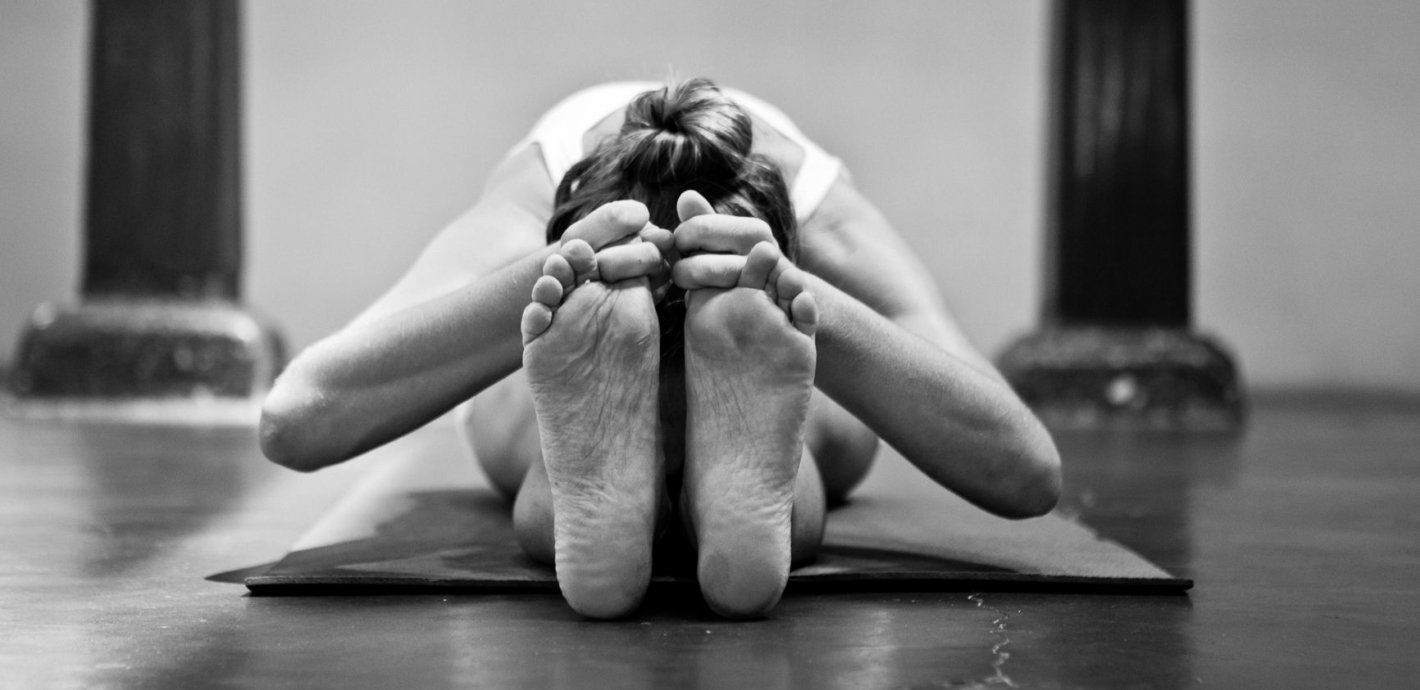

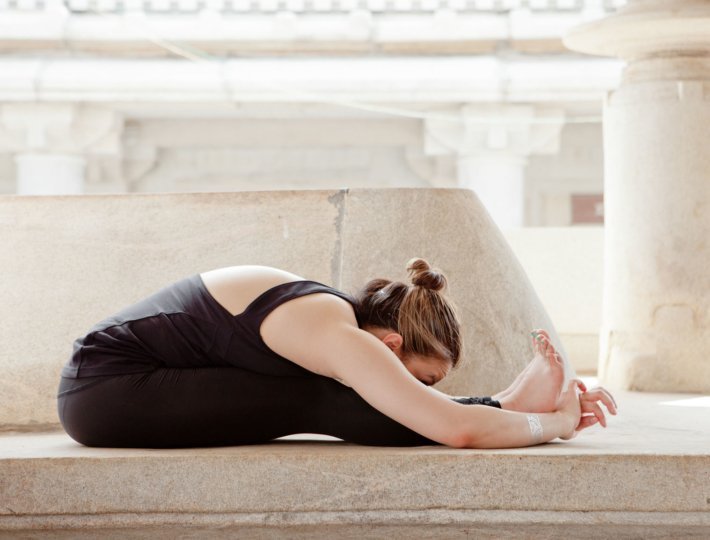
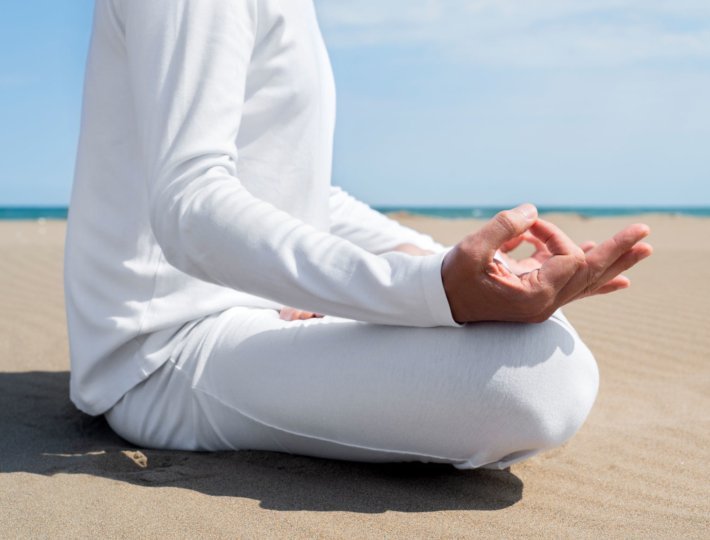
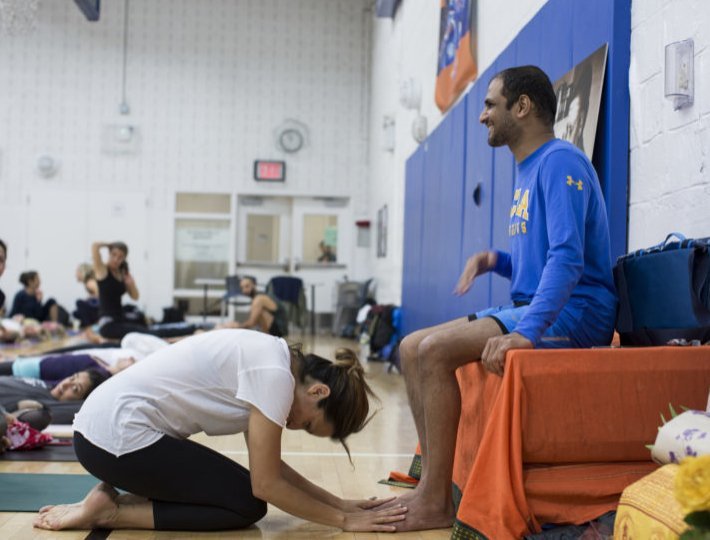
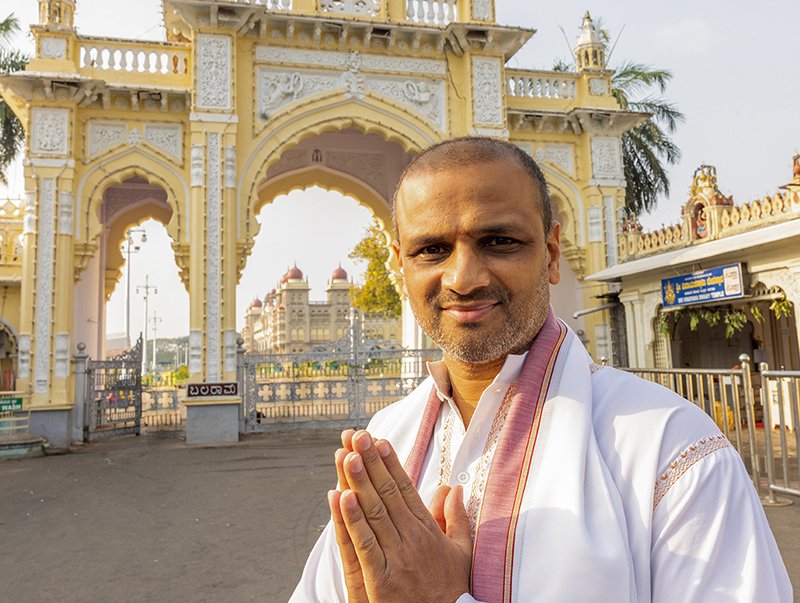
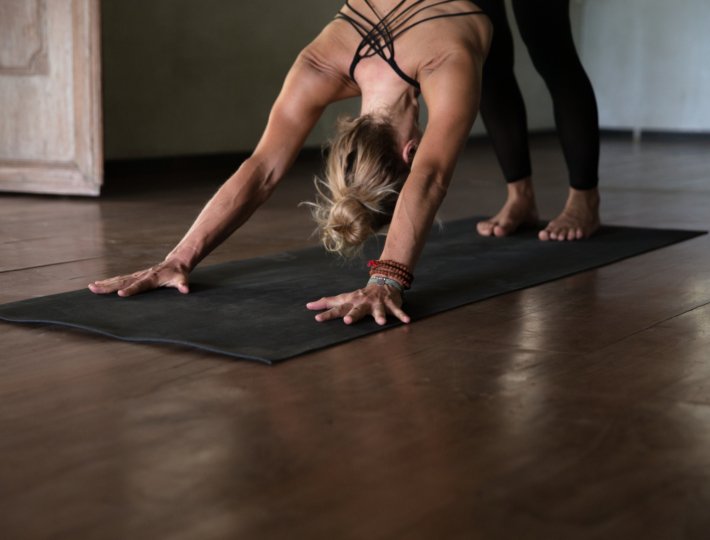
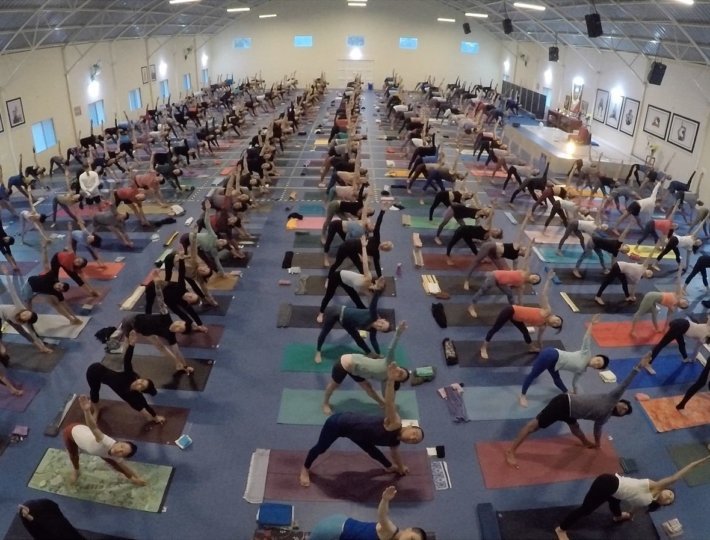



Comments (0)